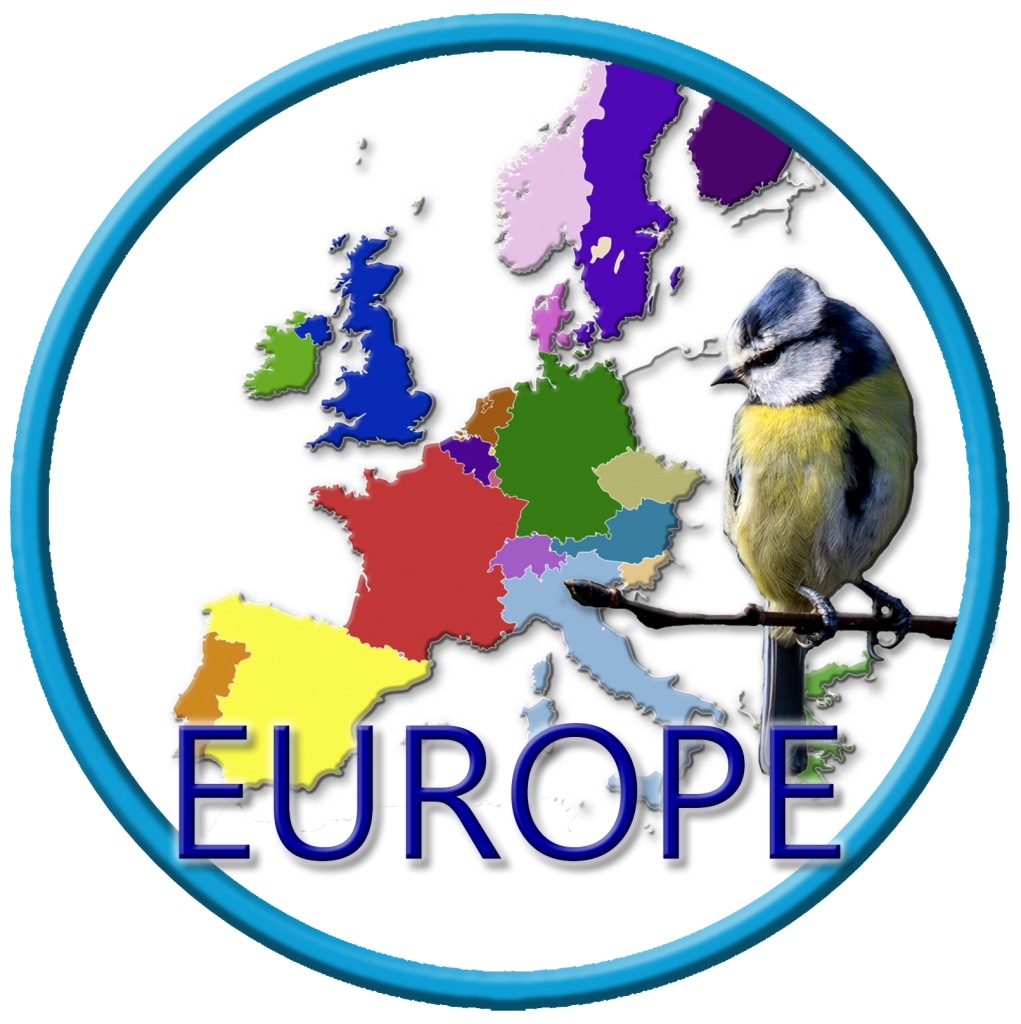
Western Europe Birds & Birding (#47/52): From the Highland Willow Scrub of Scotland to the Aegean Islands in the Sea of Crete, Western Europe is home to over 800 resident, migratory and vagrant birds. From songbirds to gamebirds and from waterfowl to raptors, you can find birds virtually in every nook and cranny of this beautiful area. *All images showcased in this blog series were taken and edited by me.
A Reflections of the Natural World Blog Post Series by Jim Gain
The Dunnock (Prunella modularis), a small passerine bird commonly known as the hedge accentor, hedge sparrow, or hedge warbler.

Physical Characteristics:
The Dunnock has a drab appearance that likely evolved to avoid predation. It is brownish underneath and has a fine-pointed bill. Adults exhibit a grey head, and both sexes share similar coloring. Unlike other small brown birds of similar size, dunnocks frequently flick their wings, especially during territorial disputes or when competing for mating rights. This behavior has earned them the nickname “shufflewing.

Diet:
Dunnocks are diurnal insectivores, primarily feeding on insects and other small invertebrates. Their diet also includes seeds and grains (making them granivores) when insects are scarce. You’ll often find them foraging on the ground, creeping along flower beds or near bushes in a somewhat nervous, shuffling manner.

Abundance and Distribution:
Dunnocks are native to large areas of Eurasia, inhabiting much of Europe, including Lebanon, northern Iran, and the Caucasus. They exhibit partial migration: some populations are resident, while birds in the northern and eastern parts of their range migrate. These adaptable birds favor a variety of habitats, including forests, woodlands, shrubs, gardens, parks, and hedgerows.

IUCN Red List Status:
The Dunnock is currently classified as “Least Concern” by the IUCN Red List of Threatened Species. This status indicates that they are not at immediate risk of extinction and tend to have stable population trends.
For more information, you can explore the IUCN Red List and learn about the conservation status of various species.

DUNNOCK WAS LIFER #790
